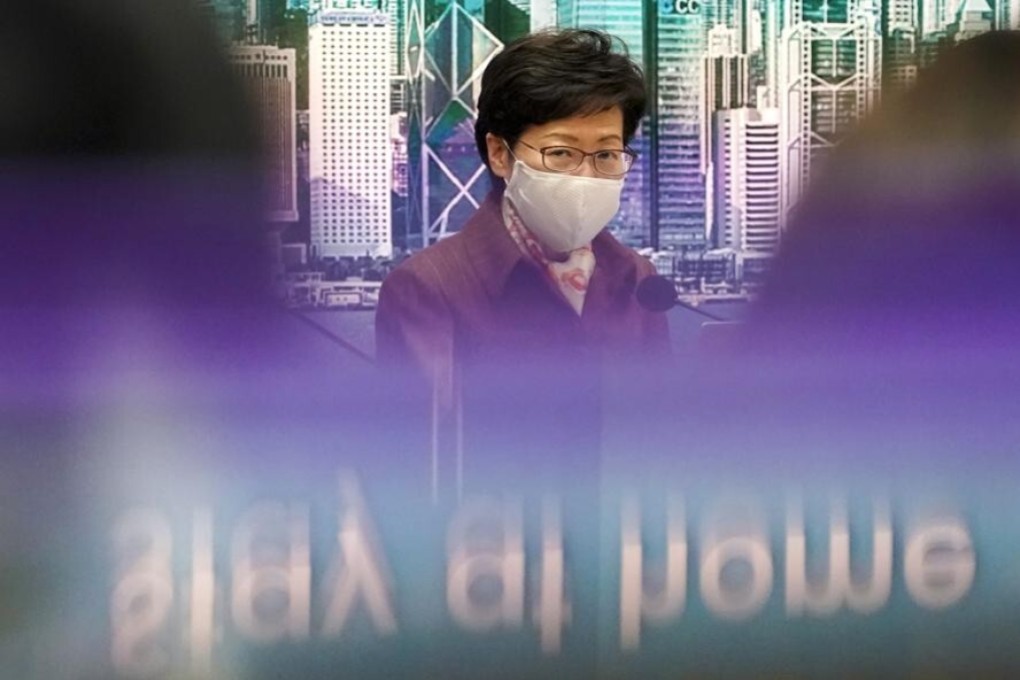Editorial | Some light at end of tunnel for city with vaccine pledge by Carrie Lam
- As infections continue to rise in the fourth Covid-19 wave, news that the first batches are on their way is welcome, but vigilance still remains key in fight

Hongkongers were all eyes and ears again when Carrie Lam Cheng Yuet-ngor called another media session on the Covid-19 epidemic yesterday. If there is any good news, it would be the assurance that the first batch of vaccines will be available by next month. But the same “breakthrough” hailed by the chief executive is regrettably not available when it comes to curbing the raging fourth wave. While the compulsory hotel quarantine measures are further tightened to help stamp out imported cases arising from an expected surge in people returning for Christmas, there does not seem to be any immediate relief to the deepening crisis.
The city’s leader is well aware of public expectations on vaccine procurement. Lam said the government’s emergency vaccination programme would first cover medical staff, high-risk workers, the elderly and chronically ill on a voluntary basis. Most people would also be vaccinated next year, she said. Welcome as it is, the implication is that some people may not be vaccinated as early as they would like. Also, there would not be a choice of which vaccine to take, although the government has signed deals with at least two manufacturers.
However, the government, to its credit, has stepped up efforts to curb the spread. These include the power to impose lockdown on places where people are mandated to undergo virus tests. But officials appear to be indecisive when it comes to enforcement.
Equally confusing is the criteria for quarantining premises experiencing an outbreak. It was not until some residents of a Kowloon Bay housing block were compulsorily quarantined on Thursday was it decided action would be taken if infections were found in no fewer than four unrelated households in a building. There is further concern that the authorities have little idea of how to stop hundreds of people from leaving their homes while catering for their needs under a lockdown. There are also fears medical and isolation facilities may be exhausted in the event of a wider outbreak.
Reviewing her anti-epidemic efforts over the past year, Lam conceded that public dissatisfaction was fully understandable. She echoed the remarks of the World Health Organization chief, saying the light at the end of the tunnel is growing following progress in vaccine development. Whether she is overly optimistic remains to be seen. After three days of triple-digit cases in a row, yesterday’s 86 new infections – 37 of them untraceable – must not be mistaken as a positive turnaround. The government’s underlying tone is that the best we can hope for is a gradual decline in infections. Hopefully, the situation will stabilise by the Lunar New Year holiday in mid-February. Meanwhile, vigilance and restraint must prevail.
